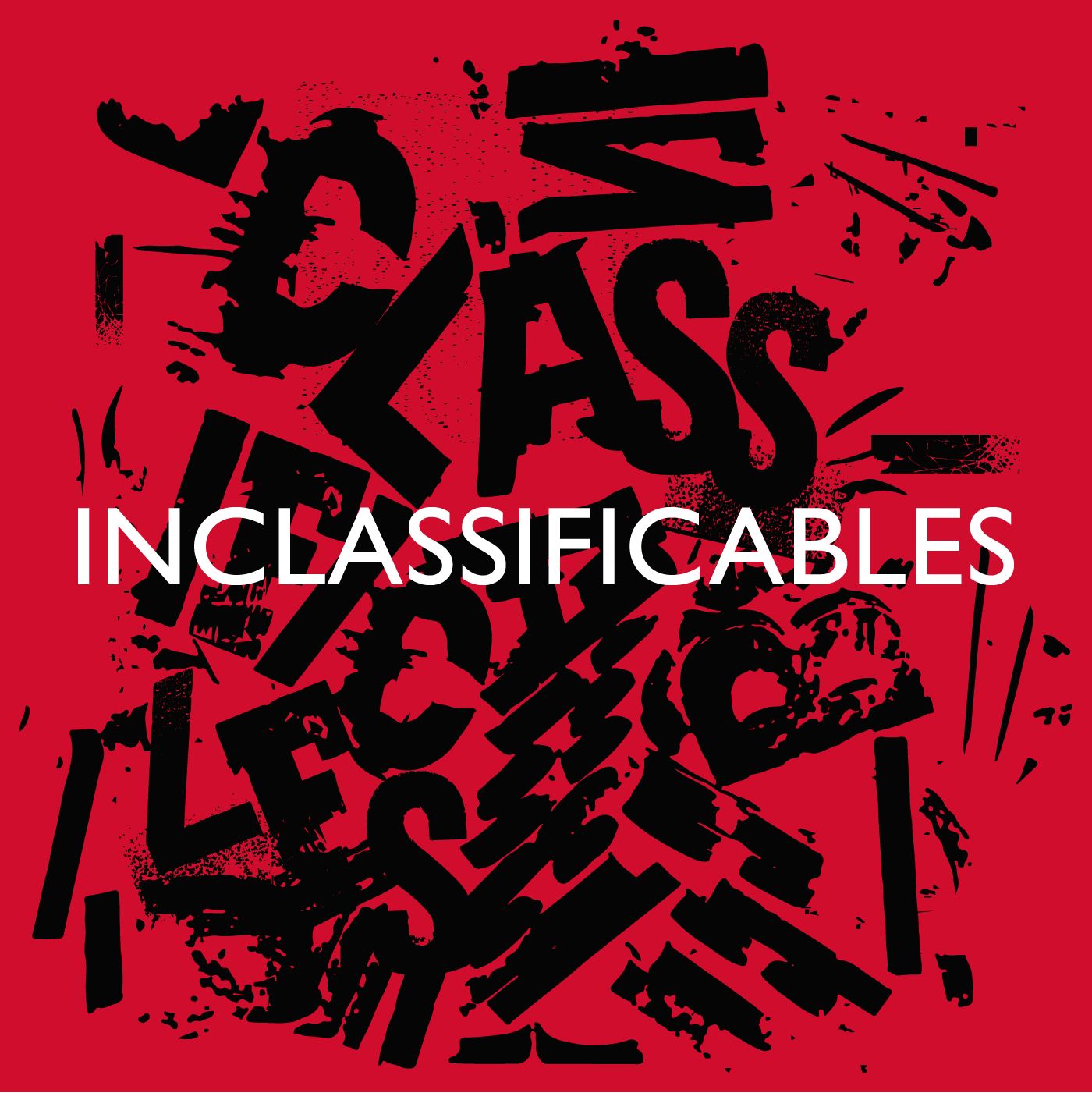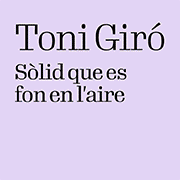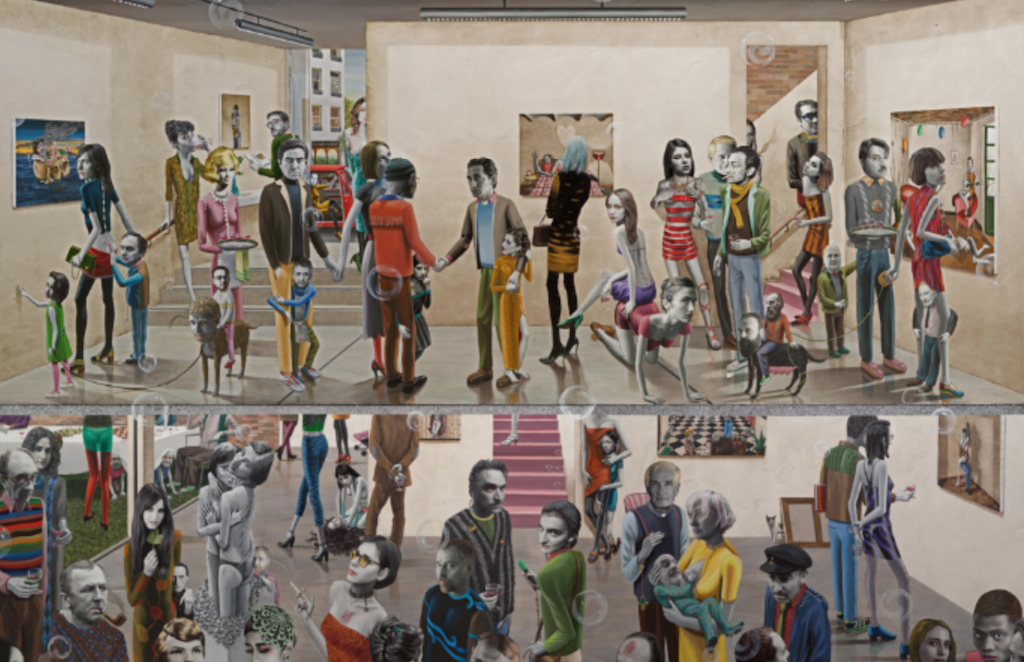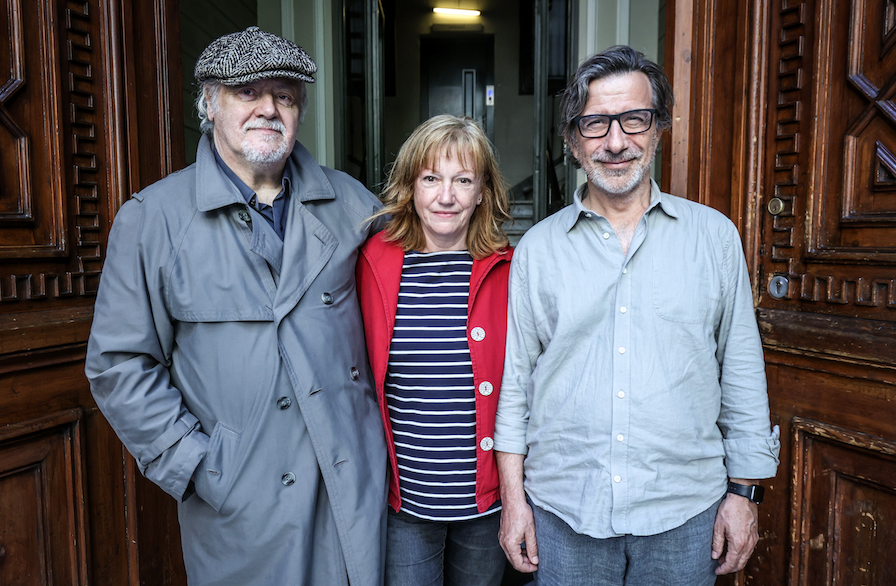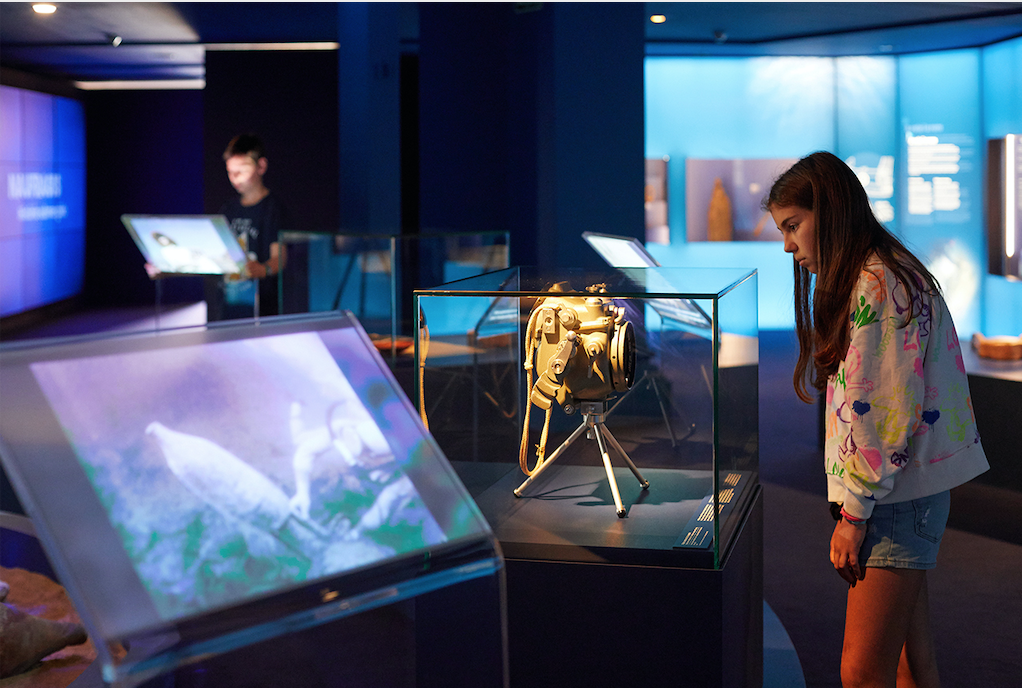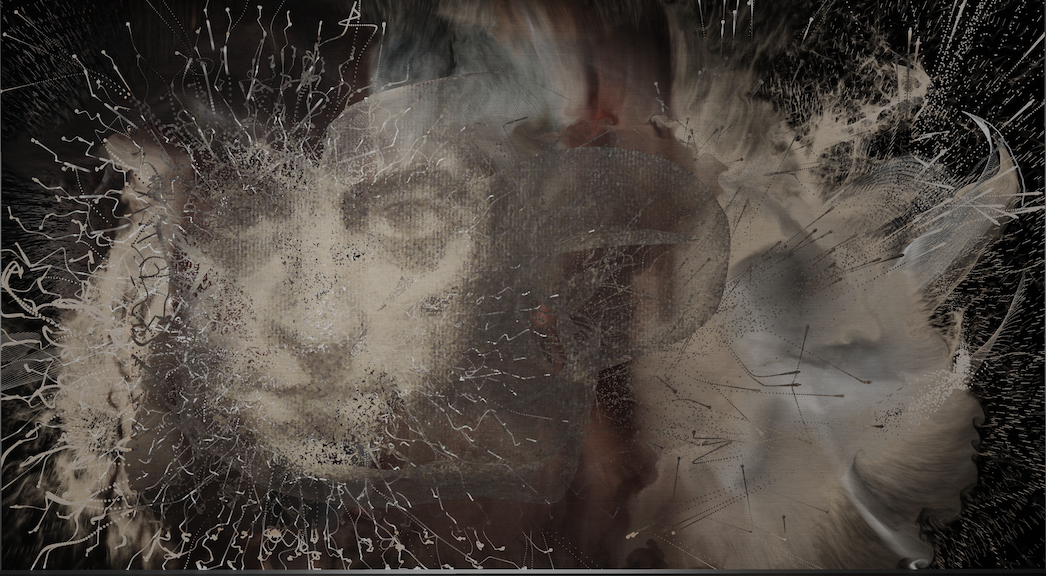Exhibitions
Roman Ondak and Antoni Tàpies at the Tàpies Foundation
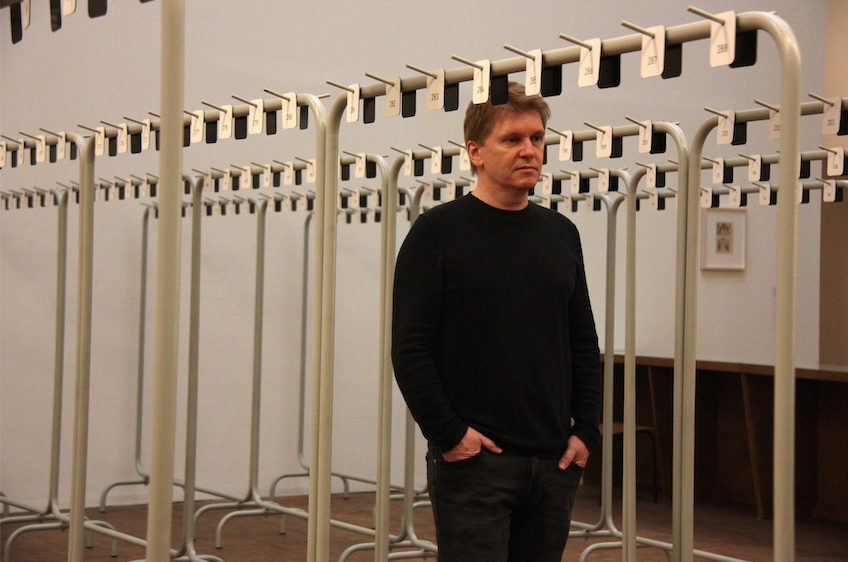
The Slovakian artist Roman Ondak and a compilation from the collection of Antoni Tàpies share space at the Fundació Tàpies in an exhibition that rereads, engages in dialogue and combines the creations of the two artists. Shown by Roman Ondak. Infinitum brings together sculptures, spatial installations and photographs paying homage to the everyday through personal past experiences with family members or found and modified objects. you cover Woods, papers, cartons and collages gathers around thirty drawings and woodcuts by Tàpies from the 1960s and 1970s that emphasize the precariousness of the materials, the artist's imprint and the message he wanted to convey. The exhibition can be visited until November 22.
As far as the Slovak author is concerned, the work of Roman Ondak belongs to the generation of artists who rediscovered the conceptual art, the readymade and the performance developed in their geographical area during the 1960s and 1970s. With this tradition as a backdrop, the artist starts from the observation of everyday reality with space and time as protagonists and the main axis of his works. Roman Ondak's practice brings together several methods: from situations formulated with simplicity in which he links the relationships between members of his family, various groups of people or spectators who enter his exhibitions, to found objects and modified or installed constructed spatial lations. Often, space and time are systematically thematized in his works, where we find them intertwined with his personal history, retrieving fragments of his memories from previous years, when the artist lived his childhood and adolescence in the relatively isolated Czechoslovakia during the autocratic communist regime.
Roman Ondak. Infinitum moves between fiction and reality by alternating situations or objects. The artist, who learned to understand the existence of divisions and classifications of social inclusion and exclusion, addresses in his work other patterns of behavior, different social possibilities and alternative policies.
The main axis of the exhibition is made up of three works – Zone, Infinity and Inside Out – which seek, as the artist has explained, for viewers to "see themselves reflected".

Papers and cardboard from Tàpies
On the other hand, Tàpies. Wood, paper, cardboard and collages show a facet of the artist's work which, according to Núria Homs, curator of the exhibition, "highlights a series of values such as poverty, fragility, vulnerability and even pain in based on the expressiveness of the materials themselves".
The title of this exhibition is taken from the book that Joan Teixidor published in 1964 following the exhibition of cardboard, paper, wood and collages by Tàpies that took place at Sala Gaspar, in Barcelona. This facet of Tàpies' work is at the base of his artistic and philosophical conception, and knowing it helps to understand the meaning of his work as a whole. The Foundation will present an exhibition that will bring together thirty drawings and woodcuts from the 1960s and 1970s, coming from the collection, together with national and international loans, in order to show pieces rarely seen or unknown to the public.
The exhibition aims to show works rarely seen or unknown to the public through pieces not only from the collection, but also from national and international loans. The exhibition will emphasize the precariousness of the materials, the mark the artist left on them, and the message he wanted to convey. Because this type of work allowed Tàpies to convey more accurately the anxiety caused by the excessive spectacle that dominates contemporary culture, the abundance of environmental noise, the superficiality and triviality, the continued commercial impacts, the lack of time to reflection Tàpies, whose birth centenary we will celebrate at the end of this year, used the tools of art to make us aware of the world we live in and to invite us to imagine another possible world. Time has passed and the urgency is the same. The tools, being well calibrated, are still useful to us.



